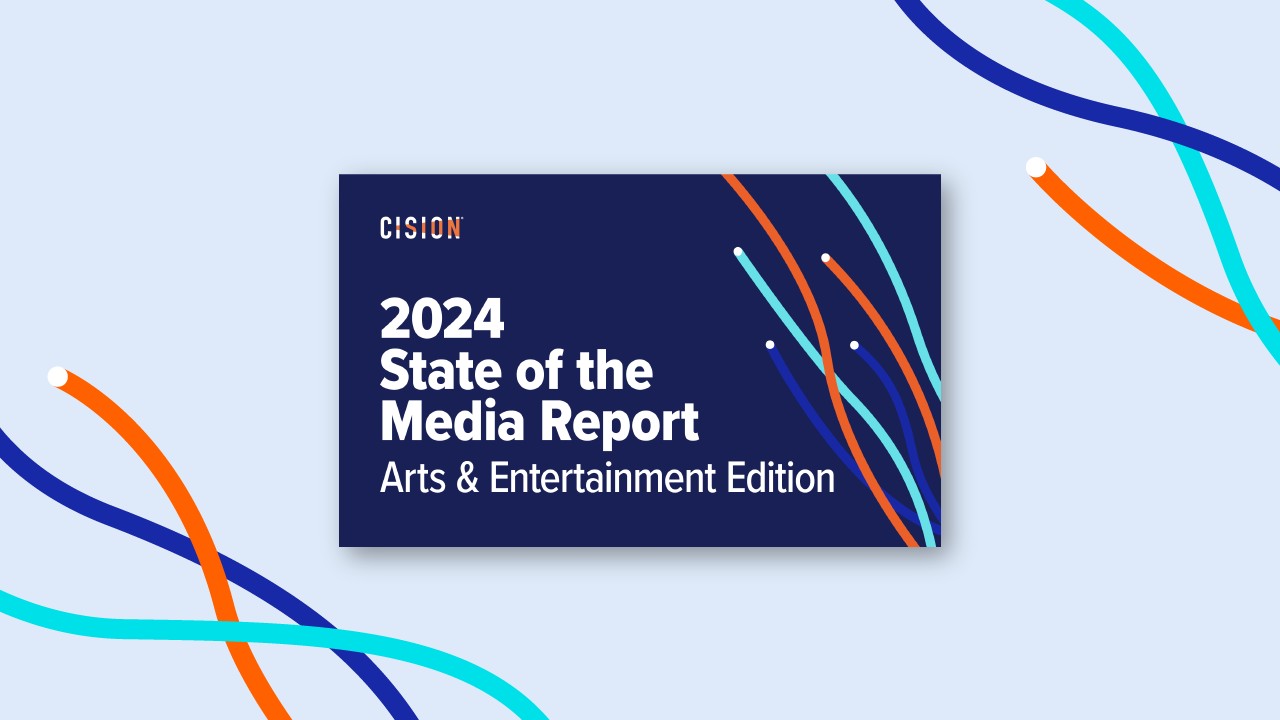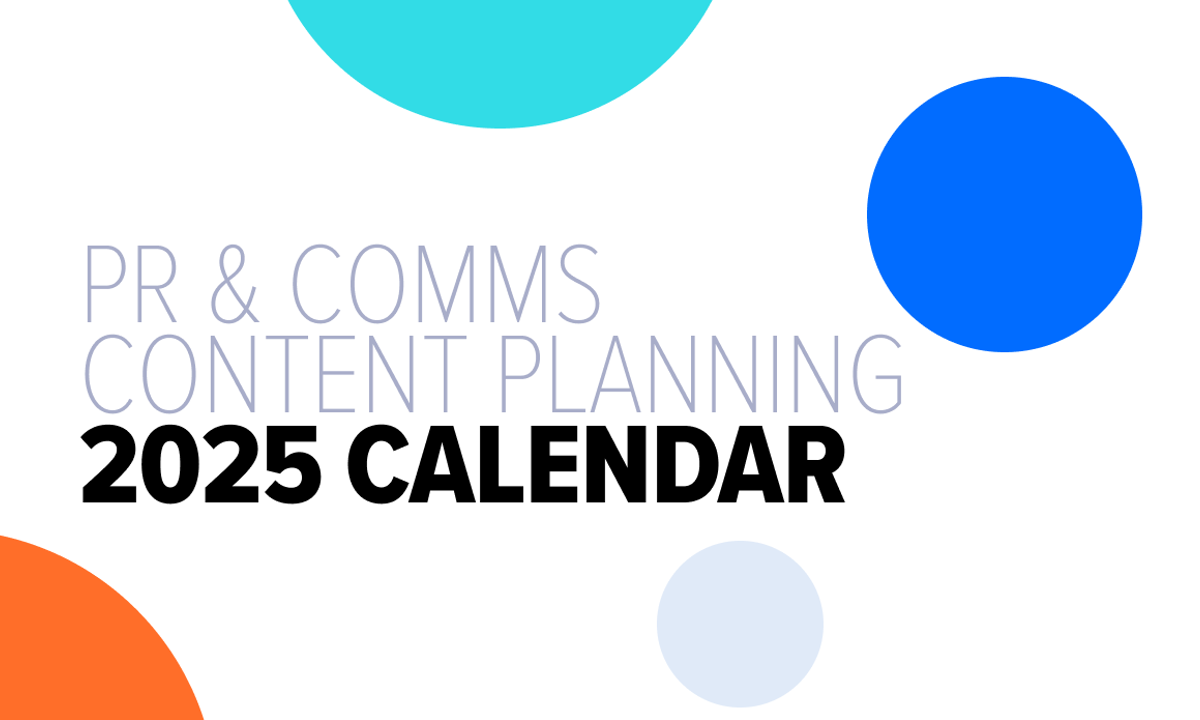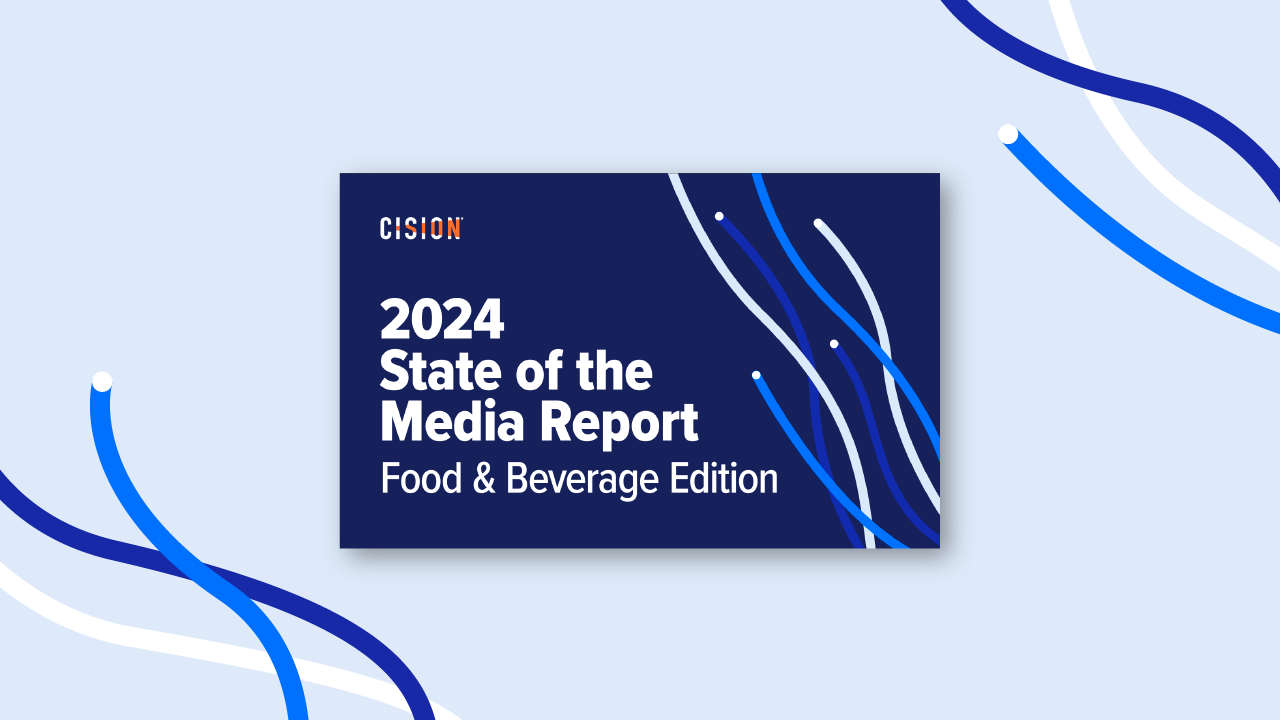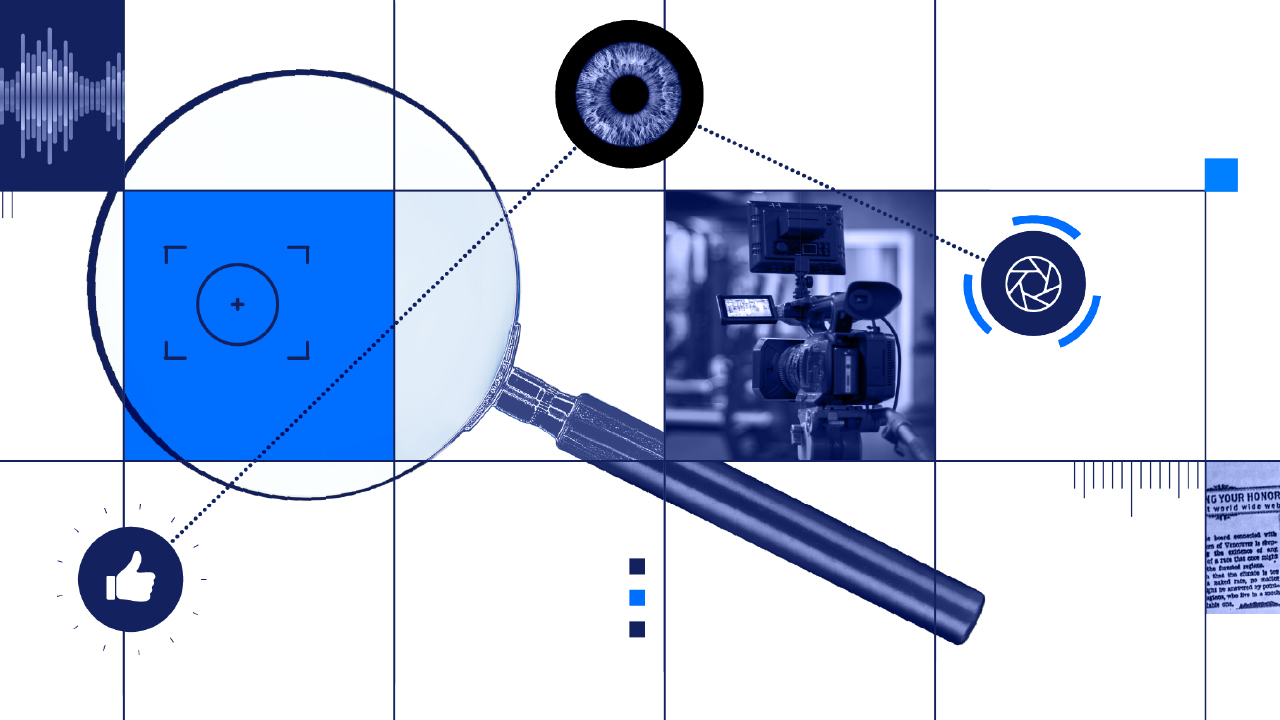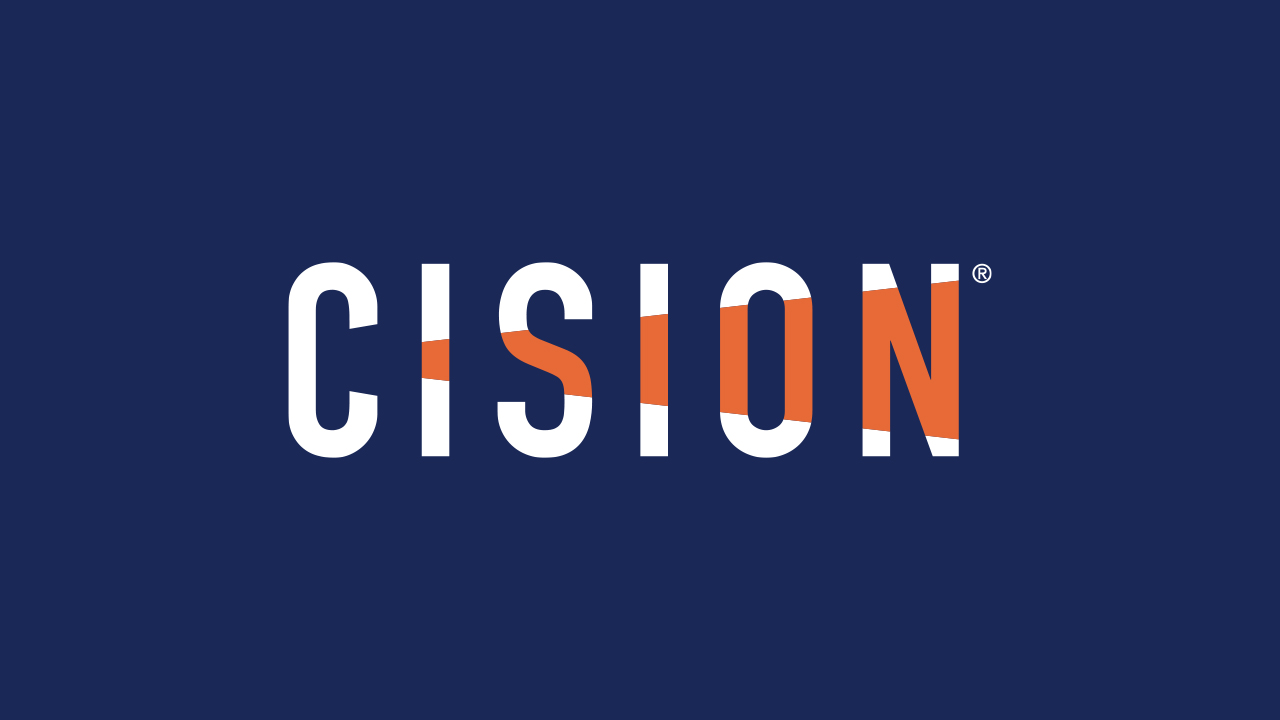
Long gone are the days when PR professionals had to cut clips and had trouble proving their worth. Earned media software now makes it much easier to get the job done.
It was only five years ago that Tanya Castaneda switched from journalism to public relations, but it might as well have been another era for communications.
Back then, the Port of San Diego’s public information officer had to manually cut clips from newspapers and explain, without any concrete analysis, what those clippings meant to her employer — and she never quite knew exactly who was writing about her workplace. “Looking back, I don’t know how we were able to communicate effectively,” she says. “We couldn’t quantify or analyze news clips, and it would take a huge amount of labor to pull everything.”
A lot has changed over the last few years. Technology has finally gotten to the point where PR professionals can automatically track every time their business is mentioned in a newspaper, a blog post or a television program. They can now easily monitor social media mentions, and instantly deliver robust reports to company executives.
In 2015, Castaneda began using Cision’s Communications Cloud® software, a comprehensive earned media cloud that can track and analyze media mentions, among other things, and her workload has changed dramatically. “The software has really helped us quantify coverage,” she says. “We can see the top outlets covering us — and we know we’re generating a lot of interest worldwide.”
For Castaneda, making use of this kind of cloud-based software is a no-brainer. The Port of San Diego oversees parks, businesses, real estate projects and the port itself. It also puts on events and undertakes projects that media from across the country want to cover.
Every year, she receives about 800 media inquiries, puts out nearly 100 press releases and creates countless social media posts. The Port’s website also has more than 10,000 pieces of content — and she wants to do more. “It’s important for us to be proactive,” she says. “Our leadership wants to make sure that we’re not just being reactive.”
While the Port of San Diego is certainly active when it comes to public relations, Castaneda is by no means alone. Thanks to advances in technology, and cloud-based communications software specifically, companies of all sizes can now see exactly how their earned, paid and owned media are performing, and even track the financial impact it has on top-line and bottom-line revenue — something that was far more difficult to do in the past.
Indeed, being able to track that performance may be the single most important change for PR professionals, says Laura Kane, the Public Relations Society of America’s chief communications officer. “The whole industry is being changed by the paid, earned, social and owned model,” she says. “But it works much more effectively if everything works together. Once you put it through filters and can track it and see what’s driving things and getting shared, then you can see what drove people to make buying decisions. We have meaningful measurements for the first time.”
No More Clip-Cutting
Having this kind of software on hand has been a long time coming. Traditionally, PR has been a labor-intensive job. Jessica Strange, senior director of external relations with St. Baldrick’s Foundation, a California-based not-for-profit organization that raises money to help find cures for children with cancer, used to build media contact lists on her own.
Buying a media distribution list was too expensive for a non-profit, so she’d scour newspaper websites and try to identify the journalists she thought would best respond to her press releases and phone calls. Needless to say, it was a frustrating task. “I’d have to comb through mastheads online and see who would be the right contact to reach out to,” she says. “Maybe I’d call the editorial director to see who to call. It was tedious and time-consuming.”
An organization like St. Baldrick’s can’t afford to contact the wrong people. Not only does it not have the budget that larger corporations have — along with their ability to take the time to cultivate media-related relationships in various locales — but not getting press could also result in losing out on critical fundraising dollars. “We need to raise more money,” she says. “One of five kids don’t survive cancer, and those who do have lifelong side effects from treatment.” With the majority of cancer fundraising focused on adults, it’s up to her organization to fill that funding gap.
For Alyson Roy, co-founder of New York-based AMP3 Public Relations, a firm that specializes in fashion and lifestyle campaigns, manually building databases doesn’t cut it either. She often needs to target specific journalists and, these days, social media influencers who she can invite to an event in the hopes that they’ll Tweet and Instagram about the client.
She used to spend most of her days on the phone, either cold-calling journalists to see if they’d be interested in one of her clients or talking to editors to see if they could help her identify the most appropriate writer. Now, no one wants to be called. “The etiquette for reaching out to journalists has changed so much over the last 10 years,” she says. “No one wants phone calls.”
E-mailing, though, is also a challenge. Most e-mail addresses aren’t readily available to the public, which makes it hard to get a pitch into the right hands. Roy has spent too much time trying to figure out e-mail addresses and sifting through bounce-backs when an address either isn’t right or the journalist has changed jobs.
PR Problems Solved
Over the last couple of years, products like Cision’s Communications Cloud have come out to address many of the public relations industry’s biggest frustrations. Tired of creating journalist databases in Excel? You can now put a few keywords into a system and get the names of all the writers, editors and influencers who are best suited for a campaign. Need to keep a close eye on social media? Social listening capabilities can alert you to who is saying what about a brand and when. Can’t stand writing another report? These programs can pull all kinds of data and create insightful documents that can be used in meetings.
Roy, who uses Cision’s program, makes extensive use of its influencer database, which is becoming an increasingly integral part of PR for fashion and lifestyle brands. Last year, one of her clients was putting on events in New York, Chicago, and Los Angeles and needed to find influencers in all three markets. The requirements were fairly specific, they needed to be men and women interested in footwear with a somewhat rugged or edgy appeal who would like stylish workboots. “That’s someone with specific interests and a certain aesthetic,” says Roy.
Using Cision’s software, Roy plugged in the keywords she thought would help identify those influencers — they needed to have at least 30,000 followers on Instagram, for instance – and, sure enough, several people popped up in all three cities. She then reached out and invited them to the event. “Because of Cision, we had their contact information and then we were able to put together a guest list of influencers,” she says.
That kind of precise targeting is important to Strange, too. She’s not inviting social media influencers to her events, but she does need to bring the right journalists out so she can get coverage for her organization. For every event, such as the head-shaving fundraisers that occur across the country, she sits down with her team to talk about who to invite.
They then open up Cision’s software, set out some parameters, like designated market area, add in a few keywords and see who comes up. While she does have lists of journalists from years prior she could turn to, the problem is that many past media attendees have moved on to other jobs. “Media lists are ever-changing, and they can be messy and outdated,” she says. With Cision’s software, though, results are always current. “We can pinpoint people in unique markets or cities and states, and that helps us trust that we’re reaching the right people.”
Nikki Van Dusen, a public relations instructor at Edmonton’s MacEwan University, has found another use for media monitoring applications; to inform other people in her office about trends and issues that matter to their jobs. Years ago, when she was still manually cutting clips, she would not only find articles about her own company, she would also grab stories on subjects that her colleagues might find interesting. Nowadays, that can be done automatically. “I had a list of people in the organization, and I’d put in their keywords of things they were interested in,” she says. “Now you can do something more complex than just a Google Alert.”
At a larger organization like the Port of San Diego, Castaneda has plenty of public relations-related demands that she must manage. She sends a daily e-mail to 550 employees with all of the news the Port has generated over the previous 24 hours. She creates quarterly and annual media reports for her leadership, which includes what outlets covered the Port, the geographical distribution of those clips and a social media snapshot of likes and shares.
She also has numerous campaigns to track, from annual programs, such as the Port’s summer waterfront shuttle service, to ceremonial events, like the July ribbon-cutting for the opening of a new boat launch ramp. She then runs reports on all these events, which would be incredibly difficult to do on her own. With Cision’s software, she can create a two-page report summarizing how much coverage and social media engagement resulted from each event.
While there are numerous programs on the market, Cision’s offering is one of the more robust ones, says Castaneda. It tracks millions of digital sites, including blogs, online news outlets and forums, 20,000 print publications and 50,000 hours of broadcasting. It also tracks endless Twitter streams and open-to-the-public Facebook and Instagram accounts.
Users can also look up more than 1.6 million media contacts, while the software’s integration with Help a Reporter Out (HARO), a site where journalists can post calls for sources, give people, even more, opportunities to get their story out. When it comes time to show how a campaign has fared, hearty analytics tools and customizable charts and infographics can help even time-pressed PR professionals create insight-filled reports.
More Time For PR And Communications
While this kind of technology makes it easier for industry professionals to do their jobs, it also means they can do more in less time and they can better show their worth. For instance, one reason why Castaneda uses this kind of media monitoring software is that it allows her to see how the Port’s mentions have grown from one year to the next.
While many things can influence how much attention a campaign receives in any given year, she now has something to benchmark against. “There’s a lot of value in consistent reporting and tracking performance over time,” she says.
In 2016, the Port of San Diego received 1,710 media mentions. That was a 68 percent increase from 2015, when the Port received 1,018 mentions. Those numbers reinforce for her and her bosses that the public is interested in the Port’s activities, and they help validate what she and her team do. “There’s now a greater understanding of the value of the communications function and of the activities performed by the marketing and communications department,” she says.
Eliminating those more tedious jobs, like clip-cutting and manual database creation has saved her an enormous amount of time. That’s allowed her to start more conversations, issuing 94 more press releases in 2016 than 2015. “We’re putting out the news instead of spending time doing technical tasks,” she says.
Going forward, PR-focused monitoring, database and analytics technology will only improve. It will produce even better metrics, track more social media sites and mentions and improve its journalist-finding accuracy. Most importantly, it will help public relations professionals bring more value to their clients and their work. “Everything’s moving so fast, which means you have to act fast,” says Kane. “Now you can know if a message is or isn’t resonating, and if you have to retool it. That’s a beautiful thing.”

